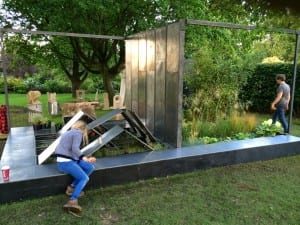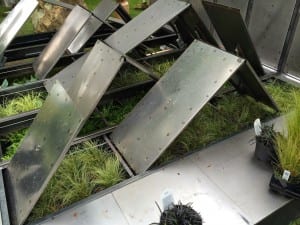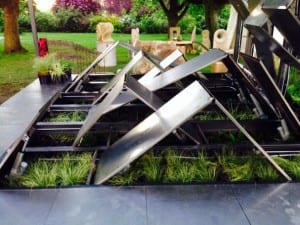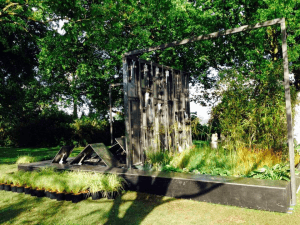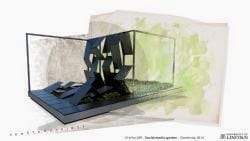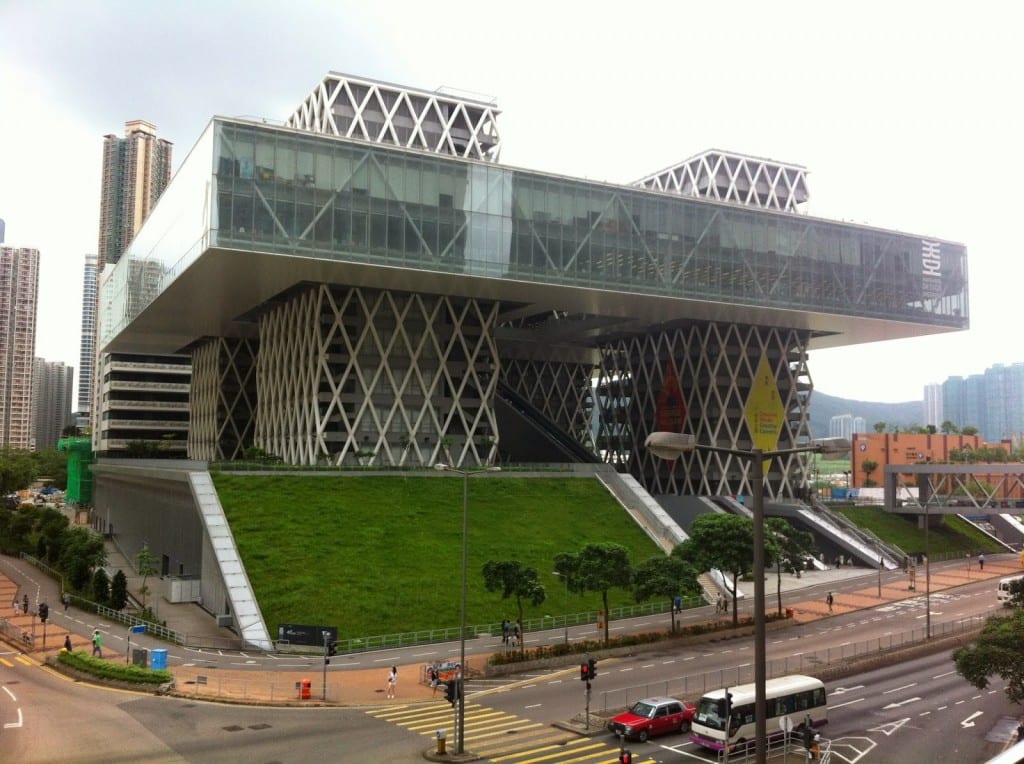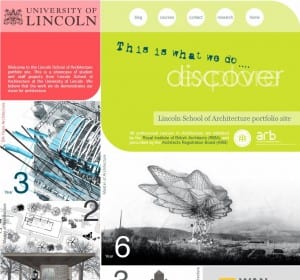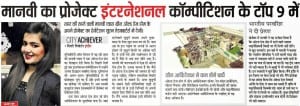A Twitter-reactive garden could provide a prototype for the future development of ‘smart’ buildings that can adapt to our emotional state.
The structure has been created by academics from the University of Lincoln, UK, taking its inspiration from the University’s Digital Capabilities garden, which won Gold at the RHS Chelsea Flower Show 2013.
The STAN (Science Technology Architecture Networks) research project, which involves computer scientists and architects, is exploring whether architecture is able to reflect and map human emotions.
The garden consists of an articulating raw steel structure, which sits vertically and horizontally, and is controlled by people’s responses via Twitter. In this way it is continuously revealing what the landscape is covering, while also remodelling itself.
The STAN project will be making its first public appearance at the Garden Up horticultural event in Sheffield on 7th and 8th June 2014.
The garden will react to activity on Twitter when people use the #gardenup hashtag, translating this information into movements of the garden’s mechanical landscape.
Richard M Wright, Senior Lecturer in the Lincoln School of Architecture, developed the construct, together with fellow academic Barbara Griffin and students Amy Hayeselden, Nicholas Sharpe and Liam Bennett from the University’s School of Architecture.
He said: “The garden essentially points to a future in which buildings could modify themselves in response to monitoring our emotional state via social media. For example, if we feel like wearing a big cosy jumper and sipping a cup of boiling hot soup, it will turn the temperature down and open a window. Buildings may also begin to reflect the mood of a populace by changing colour or shape, constantly remapping our perception of our urban environment, with façades becoming animated, reflective and mobile in response to communal desires and emotions.
“The fact we decided to retain the structure’s raw metal appearance is a tangible reminder of Sheffield’s industrial past, changing and weathering as a result of the environment.”
Dr Duncan Rowland, a fine artist and Reader in the School of Computer Science, developed the software application. He added: “We exist in a dynamic flux of social information; the software aims to intercept and expose some of this data in a tangible representation.”
The STAN project will also be making an appearance at the Lincolnshire Show which takes place on 18th and 19th June 2014.
Horticultural experts, Crowders Nurseries of Horncastle, will be providing the plants for Lincolnshire Show with Samantha Snowden providing horticultural and plant design expertise for both events.
Follow @thestanproject on Twitter to learn more about the project.

